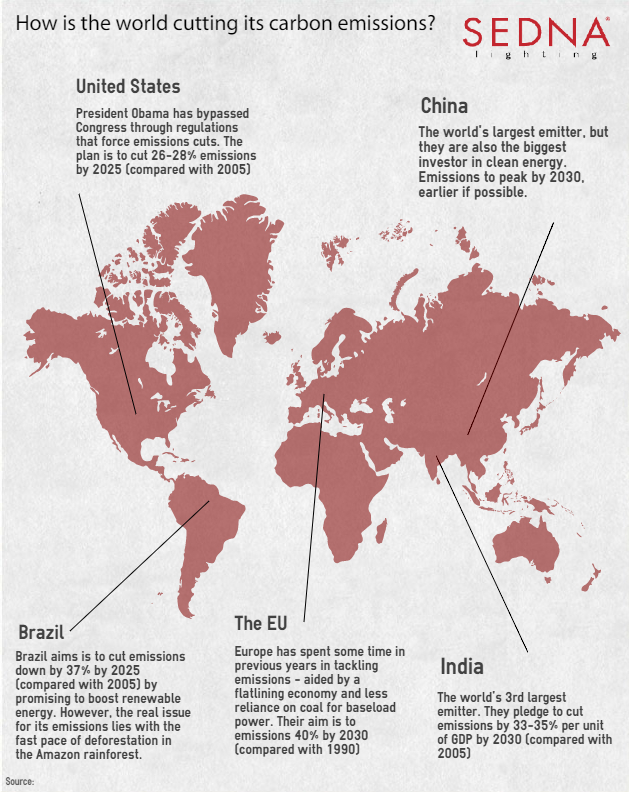What is a carbon footprint?
Posted on January 22, 2016
CO2 emission, carbon footprint, greenhouse gases. We hear these words used all the time, but have you ever stopped to think what they actually mean?
A carbon footprint is actually the measure of the environmental impact of a particular individual or organization’s lifestyle or operation which is measured in units of carbon dioxide or CO2. CO2 is one of many greenhouse gases that occurs naturally in the earth’s atmosphere which is known as the carbon cycle. Although CO2 is absorbed by plants and trees for food, by burning the carbon then releasing the CO2 back into the atmosphere. CO2 has been essential in trapping heat from the sun that is vital for the the earth to keep warm enough to provide us with a comfortable climate to live in.
However, each time we burn gas, oil and coal which are often referred to as fossil fuels creates energy sources, such as electricity and petrol, more CO2 is released into the atmosphere. Since the industrial revolution a few 100 years ago the demand for energy has increased, therefore more CO2 has been released into the atmosphere which has destroyed the balance of the carbon cycle. Therefore the extra CO2 traps more heat from the sun, this is known as global warming. As a result the Earth’s average temperature has increased more than it naturally should have.
With increase in use of fossil fuels, and the continuing deforestation there is now an urgency for the world to tackle climate change and reduce the Earth’s carbon footprint.
What is the world doing to reduce global warming?
After the Paris conference in December 2015, the world’s leaders made an agreement to reduce the world’s carbon emissions in order to reduce the speed of climate change. It is already clear in some countries that it is taking place, such as the many countries in the Pacific Islands, who are seeing the damaging effects due to the sea water levels rising from the rapid melting of ice glaciers.

Here is a map of the world’s carbon emission reduction plans of several countries.
Each country will submit their updated climate plans every five years – known as Nationally, Determined Contributions (NDCs), with the aim of their long term ambitions being continually increased in the hope that the world can bring a halt to the rapid increase in CO2 emissions.
